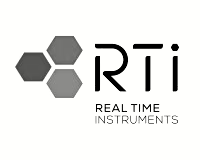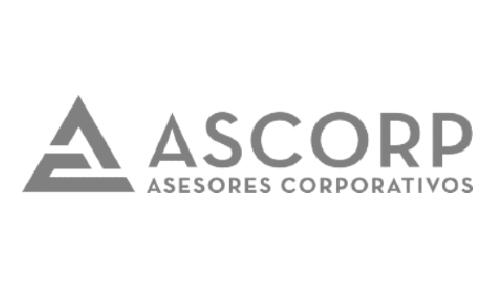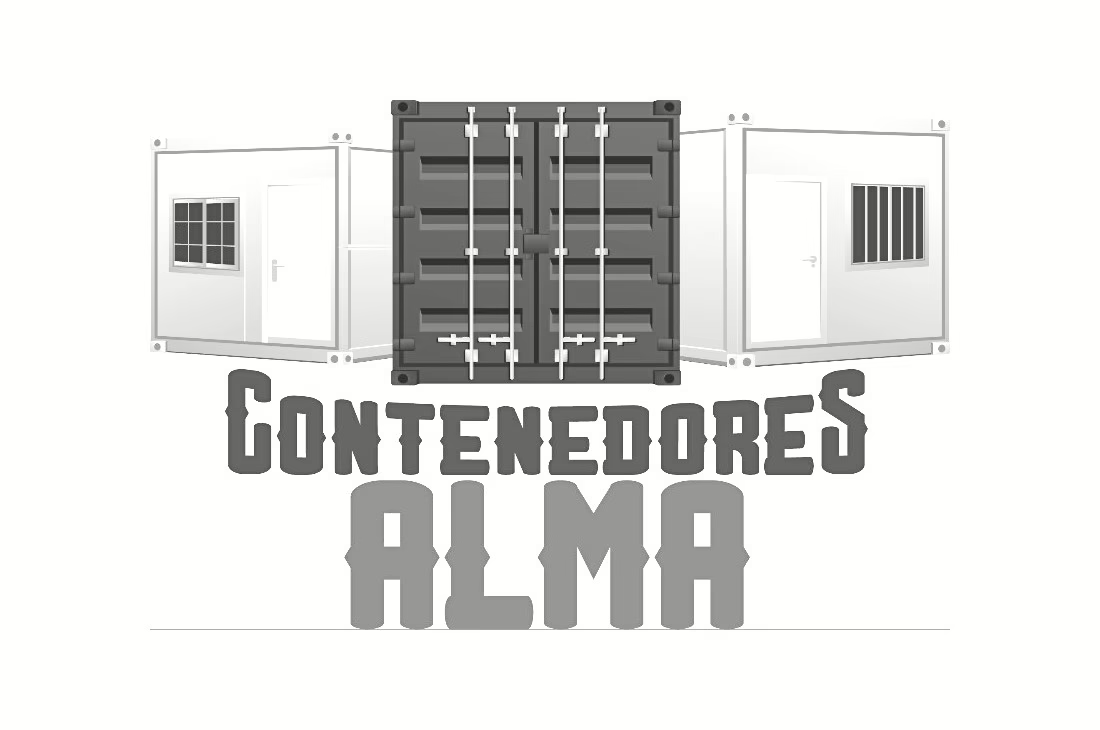OgdenXR develops digital presence and visualization tools to improve communication, win proposals, and speed up decision-making.
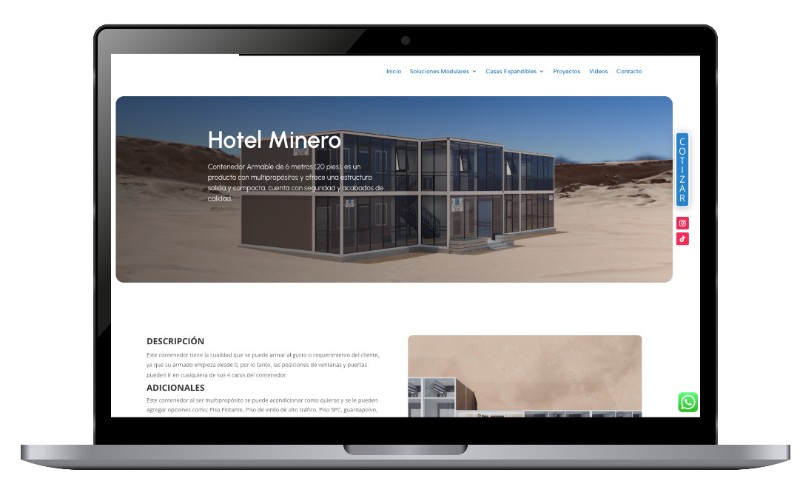
Website Design
We design and build high-quality websites for construction professionals — from general contractors and specialty trades to suppliers and service providers. Beyond websites, we also create landing pages, custom email signatures, and set up your social media accounts to boost your digital presence.
Website Design
We design and build high-quality websites for construction professionals — from general contractors and specialty trades to suppliers and service providers. Beyond websites, we also create landing pages, custom email signatures, and set up your social media accounts to boost your digital presence.

Virtual Reality
As a visualization tool, VR offers a unique way to present and understand complex information, whether it’s for industrial, construction, or any other type of company. It provides an immersive experience that goes beyond traditional 2D images and presentations.
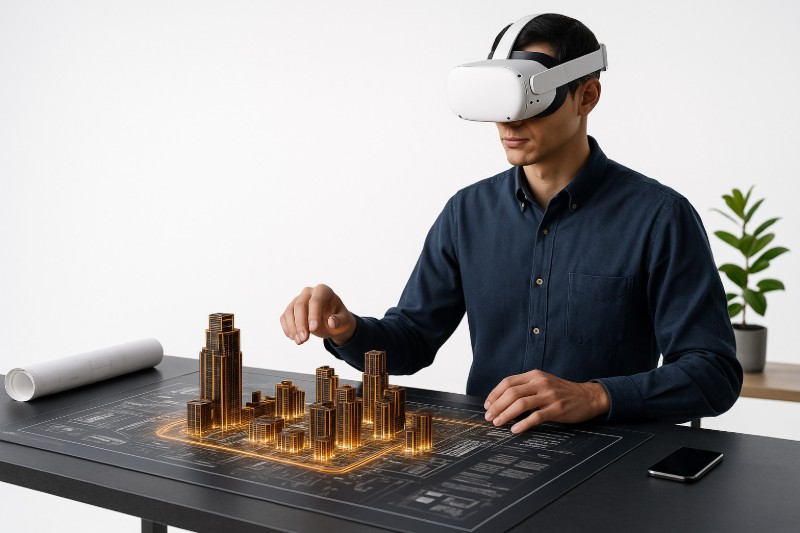
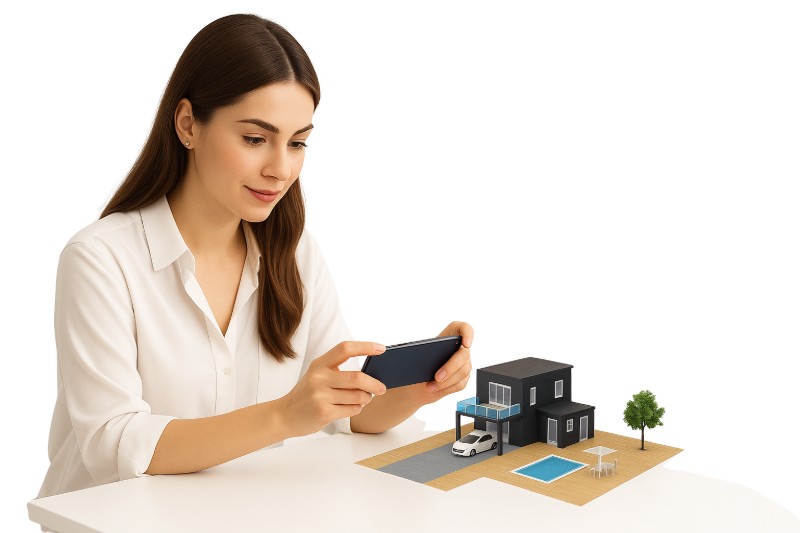
Augmented Reality
Augmented Reality (AR) has rapidly emerged as a transformative tool for companies looking to visualize and communicate their ideas, products, and services in a more engaging and interactive manner. Essentially, AR superimposes digital information, objects, or experiences onto the real world, making it an ideal visualization tool for a wide range of industries and purposes.
Augmented Reality
Augmented Reality (AR) has rapidly emerged as a transformative tool for companies looking to visualize and communicate their ideas, products, and services in a more engaging and interactive manner. Essentially, AR superimposes digital information, objects, or experiences onto the real world, making it an ideal visualization tool for a wide range of industries and purposes.

Mixed Reality
Mixed Reality (MR) is transforming how companies present complex projects and services. It lets users walk around, manipulate, and interact with 3D content as if it were part of their real environment. This makes MR a powerful visualization tool for industries like construction, manufacturing, healthcare, and education.

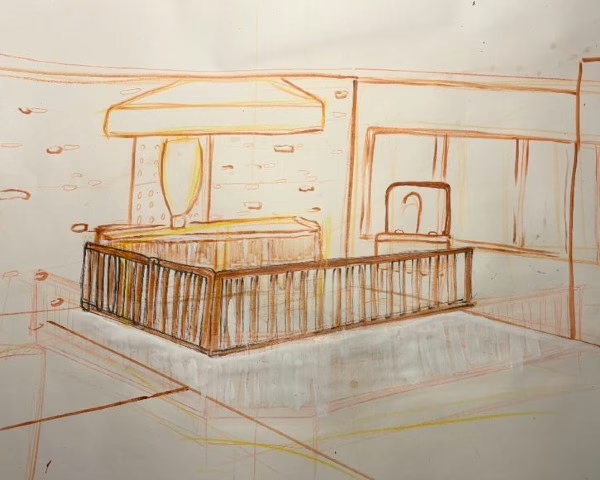
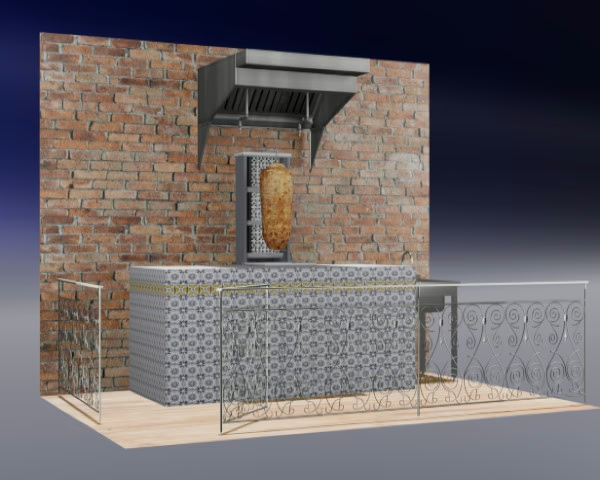
Interactive Visualizers
Interactive Visualizers allow clients to explore different design options before construction even begins. Instead of relying on blueprints or static renderings, clients can switch between roof colors, siding finishes, and materials in real time.
Interactive Visualizers
Interactive Visualizers allow clients to explore different design options before construction even begins. Instead of relying on blueprints or static renderings, clients can switch between roof colors, siding finishes, and materials in real time.


Digital Growth Tools
We connect your digital presence with real business growth using marketing and AI-powered tools. From setting up Google Business, Ads, and Analytics to optimizing campaigns, OgdenXR makes sure your investment in websites, 3D, and immersive experiences turns into leads, clients, and measurable results. Our focus is helping you stand out and grow in competitive markets.
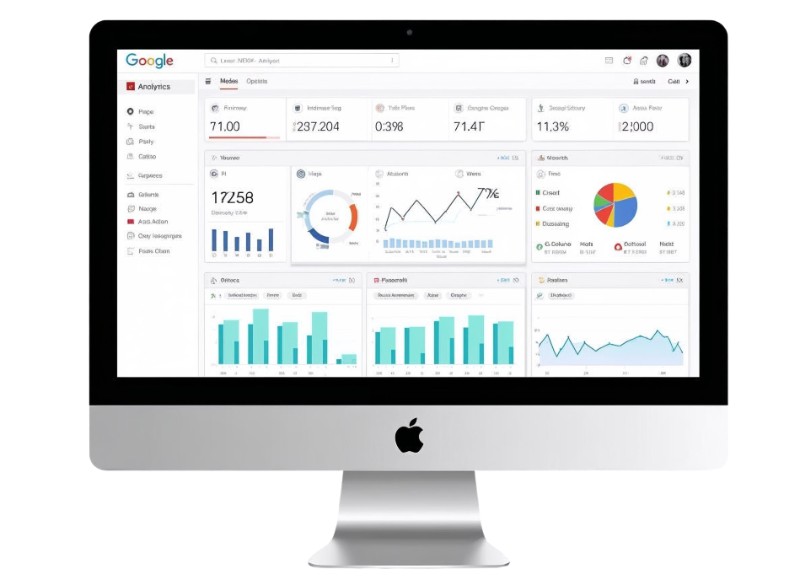
Why choose OgdenXR for digital presence?
OgdenXR helps you transform complex projects into clear, engaging digital experiences — online, in 3D, or in VR — so clients understand and choose you.
Strengthen Your Digital Presence
Websites, landing pages, and social media setup give your company the professional image it needs to attract and convert more clients.
Showcase Projects in 3D & Immersive Ways
From WebXR viewers on a browser to AR & VR experiences for walkthroughs, we help you present complex projects clearly and impress clients.
Turn Visibility Into Growth
With Google Business, Ads, and Analytics, we connect your digital presence to measurable results — more leads, more clients.
Let’s clarify a few things before to start
What’s the difference between Virtual Reality (VR), Augmented Reality (AR), and Mixed Reality (MR)?
- Virtual Reality (VR): Creates a fully immersive digital environment that completely replaces your surroundings. Using a VR headset, users are transported into a computer-generated world to explore projects, spaces, or simulations.
- Augmented Reality (AR): Adds digital content on top of the real world. With a phone or tablet, users can place 3D models into their physical environment, interact with them, and better understand complex designs.
- Mixed Reality (MR): Combines elements of VR and AR, allowing digital objects to interact with the real environment in real time. MR makes it possible to collaborate, manipulate 3D models, and visualize data while still seeing the physical world around you.
Can smaller teams or groups make use of our services?
Absolutely! Small teams and organizations can benefit greatly from our services. OgdenXR makes digital presence and immersive technologies accessible to a wide range of users. Whether you’re launching a local project, showcasing a new construction design, or exploring innovative training solutions, our offerings are tailored to your needs and budget. We help you communicate more clearly, engage clients, and stand out — no matter the size of your team.
What devices do users require for enjoying VR, MR or AR?
a) Virtual Reality (VR): Virtual reality experiences usually require a VR headset such as Meta Quest 3, 3S, or PRO. These devices provide full immersion in virtual environments.
b) Augmented Reality (AR): Augmented reality can be enjoyed using common devices like iPads or iPhones. Many AR applications and experiences are accessible through these devices, allowing users to interact with digital content overlaid on the real world.
c) Mixed Reality (MR): Combines elements of VR and AR, allowing digital objects to integrate and interact with the physical environment in real time. This enables more realistic and practical collaborative experiences, ideal for industries such as construction, manufacturing, and mining. It also uses headsets like Meta Quest 3, 3S, or PRO.
d) 3D Objects on Conventional Websites: Some 3D objects can be embedded into standard websites, allowing users to interact with and manipulate them directly from their web browsers. This provides an accessible way to experience 3D content without the need for specialized devices.
Our solutions are designed to be versatile and accessible, ensuring that users can interact with VR, AR, MR, and Web 3D content across a wide range of devices and platforms.
What is the typical timeframe for developing a VR or AR solution?
Timeframes vary depending on the project’s complexity. A professional website or landing page can take 1–4 weeks. WebXR and 3D viewers usually require 2–3 weeks, depending on the level of interactivity. Augmented Reality (AR) solutions can take 2–4 weeks, while more advanced Virtual Reality (VR) simulations may take 1–3 months. At OgdenXR, we provide clear timelines from the start so you know exactly when to expect results.
How much does it cost to develop a website, AR, or VR project with OgdenXR?
Costs depend on the scope and complexity of the project. A website or landing page may start at a few hundred dollars, while WebXR and 3D viewers vary based on features. AR and VR experiences generally require higher budgets due to immersive interactivity. OgdenXR provides transparent quotes tailored to your goals and budget.
Which industries benefit most from OgdenXR’s services?
Our solutions are designed for industries where communication and visualization are critical. We work with construction companies, mining operations, industrial firms, and educational organizations. Whether showcasing complex projects, training teams, or improving digital presence, OgdenXR helps industries bring ideas to life.
How does OgdenXR help with marketing and lead generation?
Ogden, Utah (USA)
OgdenXR LLC
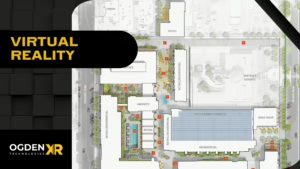

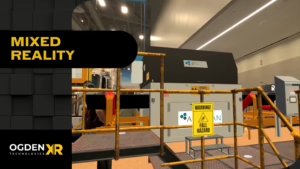
OgdenXR develops visualization tools powered by XR technologies to improve communication, reduce costs, and speed up decision-making.
Antofagasta (CHILE)
OgdenXR LLC



OgdenXR develops visualization tools powered by XR technologies to improve communication, reduce costs, and speed up decision-making.
OgdenXR Chile Spa
Our Clients
From construction firms to mining suppliers and beyond, our solutions have empowered our valued clients to revolutionize the way they operate and engage with their audiences.
Contact Us
Our team is here to answer your questions, discuss your specific needs, and help you embark on a journey toward enhanced operations, engagement, and innovation

